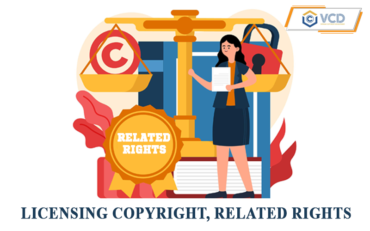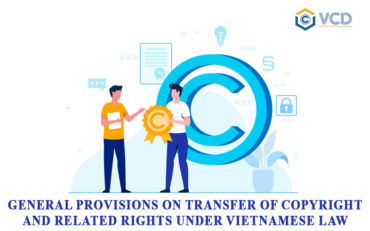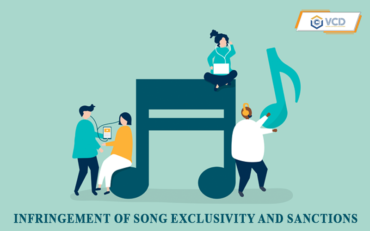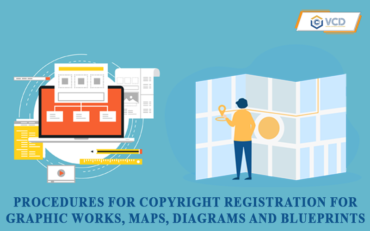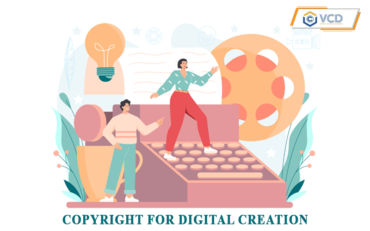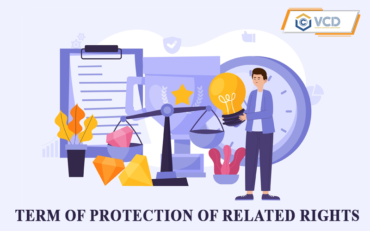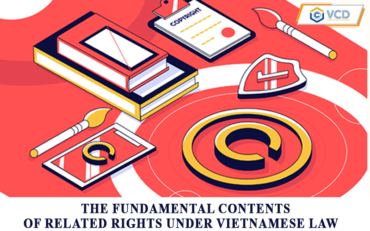“Licensing” copyright, related rights
In the profound and comprehensive innovation process in our country today, along with the general development of society, transactions on intangible intellectual assets are increasingly diverse, and the rich have an especially important unique position in the modern economy. One of the common transactions regarding intellectual property rights is licensing (also known as transferring use rights) of copyright and related rights. How are copyright licenses and related rights understood and what is the legal nature of this type of contract, all will be clarified in our article.
1. Concept of licensing copyright and related rights
License is a word derived from the Latin word “Licentia” which means permission, license, or exclusive license to use a certain object. The pronunciation of “license” is transliterated from the French word “License”.
Licensing is understood as an organization or individual holding the exclusive right to use an object of copyright or related rights (the party transferring the license – often called the transferor) allowing another organization, individual, or organization to use it. (The Party receiving the rights to use – often called the Recipient) uses the subject matter related to its copyright and related rights. Permitting the use of copyright and related rights is usually done through a written contract, in which the two parties clearly define the content, purpose, territorial scope, and time limit for transferring the rights. use copyright and related rights.
In the current Vietnamese Intellectual Property Law, the above transaction is mentioned under the term “use rights transfer contract”, specifically in Article 47, Clause 1 stipulates: “Transfer of copyright, related rights is the copyright owner or related rights owner allowing other organizations or individuals to use one, several or all of the rights specified in Clause 3, Article 19, Article 20, for a limited period of time. Clause 3, Article 29, Article 30, and Article 31 of this Law.” However, in practice and in some other legal documents, the term “license contract” is still widely used.
Regarding the object of the contract, the object of a copyright and related rights licensing contract is usually the licensing of the copyright owner’s property rights to the work. Copyright includes personal rights and property rights, in which personal rights are rights that are always attached to the copyright owner and cannot be transferred except the right to name the work and the right to publish. work or allow others to publish the work. However, the right to name a work and the right to publish a work can in fact only be exercised once, so those moral rights are not considered to transfer the right to use copyright or related rights. In addition, in case the work has not been published, before or during the conclusion of the license contract, it is necessary to sign a contract to transfer the right to publish the work to best ensure the exploitation and publication of the using of work by the licensee.
Therefore, it can be understood that licensing copyright and related rights is the transfer of use rights by the copyright owner or related rights owner, allowing other individuals or organizations to use for a period of one, or all property rights according to the provisions of Intellectual Property Law.
2. Notes when licensing copyright and related rights
Normally, when licensing copyright and related rights, the licensor and licensee must pay close attention to the following issues to best protect their legitimate rights and interests when proceeding. transfer act.
- Regarding limitations on rights to transfer usage rights:
- The author may not assign personal rights, including the right to have his or her real name or pseudonym on the work, the right to have his or her real name or pseudonym mentioned when the work is published or used, and the right to protect the integrity of the work. Do not allow others to distort; The right not to allow others to modify or mutilate the work in any form that is harmful to the author’s honor and reputation;
- Performers may not assign moral rights, including being introduced by name when performing, when releasing audio or video recordings, or broadcasting the performance; The right to protect the integrity of the representation to prevent others from distorting it; The right not to allow others to modify or mutilate in any form that harms the performer’s honor and reputation.
- Regarding co-ownership, in cases where works, performances, audio recordings, video recordings, and broadcast programs have co-owners, the transfer of copyright and related rights must be agreed upon. of all co-owners; In cases where there are co-owners but the work, performance, audio recording, video recording, or broadcast program has separate parts that can be separated for independent use, the copyright owner, the owner-related rights holders can transfer the right to use copyright and related rights for their particular part to other organizations or individuals. This is an issue that the licensor and the licensee must pay close attention to before transferring the use rights.
- Regarding the transfer of use rights to other organizations and individuals: organizations and individuals that have been transferred the right to use copyright and related rights can transfer the use rights to other organizations and individuals with the consent of the copyright owner. copyright owner, related rights owner.
Understanding the nature and notes when conducting copyright and related rights licensing transactions is extremely necessary. Hopefully the article “Licensing copyright and related rights” will help provide the most complete information about the legal aspects of this transaction to readers.

